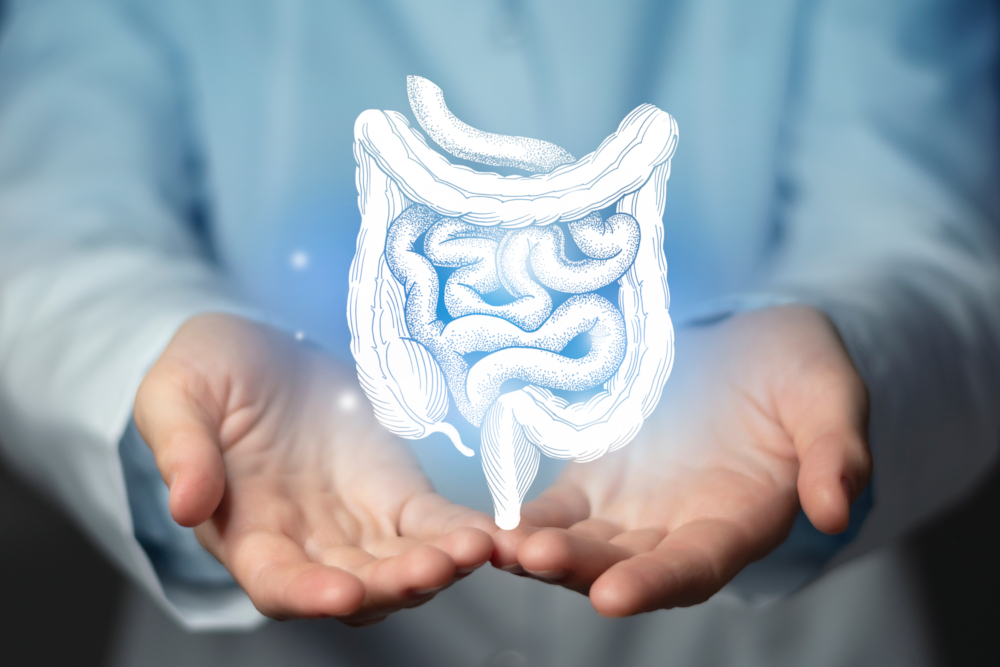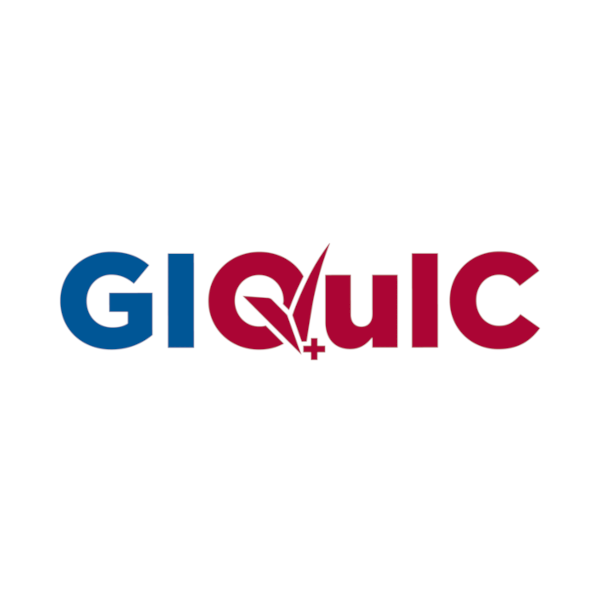Our Commitment to Quality of Care
Not all colonoscopies are the same
Colonoscopy is our most important tool in the fight against colon cancer. Unfortunately, it has a serious problem – inconsistent quality. While colonoscopy is now widely available in the United States and around the world, studies have shown that there is marked variation from one facility and doctor to another in the quality of the procedure that is performed. A patient may want to assume, if he or she was well treated by the staff and physician, and had a comfortable exam, that a high-quality procedure was provided. Sadly, it may have actually been a ” bad” colonoscopy and have failed to provide the protection from colon cancer that would have resulted from a “good” colonoscopy. The colorectal cancer screening and prevention benefits of colonoscopy can only be fully realized when it is performed in a high-quality manner.
This page discusses how gastroenterologists differentiate “good” from “bad” colonoscopies and what we measure to help us continuously improve what we do.


The U.S. Multi-Society Task Force [USMSTF] on Colorectal Cancer has defined a high-quality colonoscopy to depend on the following elements:
- appropriate training and experience
- proper documentation of risk assessment
- complete exam to the cecum with adequate mucosal visualization and bowel preparation
- ability to detect and remove polyps safely
- documentation of polypoid lesions and methods of removal
- timely and appropriate management of adverse events
- appropriate follow-up of histopathology findings
- appropriate recommendation for surveillance or repeat screening based on published guidelines
Is a colonoscopy at Shenandoah Valley Gastroenterology better than at other facilities?
Yes! Our performance is superior to that of our national peer group for the most important generally accepted quality indicators (see GI Quality Improvement Consortium, below). Our peer group is comprised of over 4,000 endoscopists practicing in over 500 U.S. endoscopy facilities. Of these physicians, 1,300 are additionally submitting quality data to the Center for Medicare and Medicaid Services (CMS) through GIQuIC’s Quality Clinical Data Registry. Only a minority of endoscopists collect and share their quality data in this manner.
Quality improvement processes that incorporate the collection and analysis of structured data with comparative benchmarking (measuring our own performance against that of other specialists in our field) are necessary to ensure that colonoscopy services are high quality. Choose a doctor and facility that can demonstrate the quality of the procedures they provide. This page describes some of the quality improvement processes we use at Shenandoah Valley Gastroenterology Center to ensure that we are providing you with high-quality colonoscopy services. We encourage interested patients to discuss this information with their primary care provider and to request similar data from other facilities for comparison before choosing a colonoscopy provider.

Quality matters!
Shenandoah Valley Gastroenterology is a collaborator in the National Quality Improvement Registry [GIQuIC] and measures quality of endoscopy services.
- Two-thirds of colon polyps are the precancerous types called adenomas.
- A higher percentage of adenoma detection rate (ADR) means that there is a lower chance of those patients coming back with a cancerous polyp within 5 years of the first colonoscopy.
- Dr. Pou has a significantly higher percentage of ADR compared to other GI practices nationally, meaning that his patients have a lower chance of developing polyp cancer within 5 years of their first colonoscopy procedure.
- Every 1 percent increase in ADR is associated with:
- 3% decrease in risk of colorectal cancer
- 5% reduction in colorectal cancer death

GI Quality Improvement Consortium (GIQuIC)
Since 2017, we have participated in GIQuIC, the GI Quality Improvement Consortium, Ltd., a non-profit collaboration of the American College of Gastroenterology (ACG) and the American Society for Gastrointestinal Endoscopy (ASGE). As a quality benchmarking registry, GIQuIC is raising the bar on endoscopic effectiveness and reliability.
GIQuIC participants take the time and expend the effort necessary to report their procedure data voluntarily and monitor their comparative performance at considerable expense. This group likely represents the best performing endoscopists in the United States.
The GIQuIC registry now contains over 5 million de-identified colonoscopy reports, against which we are comparing our own data, which includes over 2,524 colonoscopy procedures performed at the Shenandoah Valley Gastroenterology since we began submitting data in 2017 for quality improvement purposes.
Patients who want the best results should pick an outstanding gastroenterologist.
New York Times editorial
| Shenandoah Valley Gastroenterology Center May 2020 – April 2021 | GIQuIC Consortium May 2020 – April 2021 | |
| Colonoscopies performed Per year | 411 | 1,823,745 |
| Adenoma detection rate Conventional adenomas only | 60.2% | 40.9% |
| Adenoma detection rate Including serrated lesions and colorectal cancer | 43.3% | 60.7% |
| Adequate bowel preparation Patient documentation | 95.0% | 98.1% |
| Photo-documentation of the cecum Screening colonoscopies | 100% | 97.6% |
| Photo-documentation of the cecum All colonoscopies | 100% | 97.3% |
| Withdrawl time Average | ? | ? |
Shenandoah Valley Gastroenterology Center’s adenoma detection rate (ADR) for May 2020 – April 2021 falls within the historic top ADR quintile of the best performing physicians reported in a large New England Journal of Medicine study showing a linear inverse relationship between a physician’s ADR and the risks of interval colorectal cancer, advanced-stage interval cancer, and fatal interval cancer.
What this data means and why these measures matter
Adenoma detection rates
The adenoma detection rate (ADR) is generally accepted to be the single most important current quality measure by gastroenterologists performing screening colonoscopy. We know that colonoscopy is not a perfect cancer prevention tool. Cancers occasionally are found in patients who have had a prior colonoscopy. This is called interval cancer. Studies have shown a near-linear inverse relationship between an individual gastroenterologist’s ADR and the frequency with which interval cancers arise in his or her patients. Said another way, a gastroenterologist’s ADR provides a direct measure of that gastroenterologist’s effectiveness in reducing the risk of interval cancer and cancer-related mortality. Nearly all studies addressing this issue have shown marked variation in adenoma detection rates among gastroenterologists. In a recent New England Journal of Medicine paper, each 1% increase in ADR above 20% was associated with a 3% reduction in colorectal cancer incidence and a 5% reduction in colorectal cancer-related mortality. Industry-defined benchmark target ADRs in 2014 were ≥15% in women and ≥25% in men (or ≥20% in a male/female population). In 2015 these target benchmark ADRs were increased to ≥20% for women and ≥30% for men (or ≥25% in a male/female population).
Ask your doctor about his or her adenoma detection rate.
Adequacy of bowel preparation
High-quality colonoscopy requires adequate bowel cleansing. Unfortunately, up to 20-25% of colonoscopies in some studies are reported to have inadequate bowel preparation. Adverse consequences of inadequate bowel preparation include lower adenoma detection rates, longer procedural time, lower cecal intubation rates, increased electrocautery risk and shorter intervals between examinations. Adenoma miss rates in patients with suboptimal bowel preparation are high.
Photo-documentation of the cecum (also known as cecal intubation rate)
Colon polyps, and the cancers that may arise from them, form in all sections of the colon. A complete colonoscopy is one that reaches and fully examines the cecum. A colonoscopy that fails to reach the cecum is incomplete, and will fail to detect lesions in the unexamined areas. Incomplete colonoscopies require consideration of additional testing, such as repeating colonoscopy, referring the patient to a more experienced gastroenterologist, or performing an alternative examination, such as CT colonography (virtual colonoscopy) or capsule colonoscopy (pill camera colonoscopy). The ability to perform a complete colonoscopy is a well-accepted measure of a gastroenterologist’s technical skill.
Ask your doctor about his or her cecal intubation rate.
Average withdrawal time
While it might seem that a fast colonoscopy is a good one, the opposite is true. Once we reach the cecum we begin a meticulous examination of the entire colon lining, looking behind each fold, which takes time. The time necessary to perform a high quality examination varies from patient to patient, but most of us use timers to help us perform a well structured withdrawal. Withdrawal times that are short have been associated with both a low adenoma (polyp) detection rate (meaning a high miss rate) and a higher rate of “interval” (some of which are missed) colon cancers.
Ask your doctor how fast he or she withdraws the instrument.
A colonoscopy is an operator-dependent procedure, meaning that some doctors are not only better than others at doing colonoscopy, they are a lot better. Stated in reverse, some doctors are really bad at doing colonoscopy. Virtually every study that has looked for evidence that some people are better than others has found it, and the differences between doctors in how many precancerous polyps they find varies by 4- to 10-fold.
New York Times editorial
What can you do to be sure that your colonoscopy is as good as it can be?
Do your colon cleanse properly
This is the most difficult and important part of getting ready your exam. It is critical that you do your part properly so that we can provide you with the best examination possible.
Pick an expert doctor to do your colonoscopy
A well-trained gastroenterologist is the best doctor to perform your colonoscopy. Gastroenterologists undergo more extensive training in endoscopic procedures than doctors in any other specialty, and they devote a majority of their practice to performing colonoscopy. They are the specialists best prepared to provide you with a complete examination, and they have the experience necessary to identify subtle abnormalities, such as flat lesions, from which many right-sided colon cancers may arise. They are also best prepared to remove these growths at the time of your procedure.
Schedule your colonoscopy at an expert endoscopy facility
A well-trained and experienced staff and dedicated facility systems are essential. Nurses and technicians who assist with colonoscopy procedures every day are of critical importance and are necessary to help the colonoscopy doctor provide a safe, comfortable and effective examination. An expert colonoscopy doctor is only as good as the facility’s support staff. Endoscopy facilities should continuously evaluate the performance of the facility and its endoscopist physicians. Avoid facilities in which colonoscopy seems to be a sideline activity rather than its central purpose. Ask to see evidence of the facility’s quality improvement program and avoid facilities that cannot show you the type of information displayed on this page.
Return for your next examination when advised
Patients who want the best results should pick an outstanding gastroenterologist, cleanse their bowels scrupulously and probably take the final laxative dose shortly before the procedure. Colonoscopies have helped reduce the death rate from colorectal cancer. The main problem with colonoscopies is that too few people bother to get them.
New York Times editorial
Questions you may want to ask the doctor performing your procedure
How many colonoscopies do you do?
Dr. Pou performs over 400 colonoscopies annually.
Does colonoscopy represent a large percentage of your procedural practice?
Colonoscopy makes up over xx% of the procedures performed by Dr. Pou at Shenandoah Valley Gastroenterology Center.
Do you monitor your adenoma (polyp) detection rate, and does it exceed currently accepted continuous quality improvement (CQI) measures?
This is important because a rate of finding adenoma polyps (potentially premalignant growths) that is lower than the known expected rate for adenomas to occur in a general population suggests that the doctor is missing lesions (higher “miss rate”). Endoscopists who have a low adenoma detection rate have a higher rate of “incident cancers” detected in the patients in whom they have performed colonoscopy. Dr. Pou monitors adenoma polyp detection rates and exceeds USMSTF performance measure targets.
Do you monitor your colonoscopy withdrawal times, and do your withdrawal times exceed currently accepted CQI performance measures?
This is important because doing a colonoscopy using standardized and slow withdrawal of the instrument has been shown to lead to a higher rate of finding lesions (lower “miss rate”). Dr. Pou monitors colonoscopy withdrawal times for procedures performed at the Shenandoah Valley Gastroenterology Center, and his rates exceed USMSTF performance measure targets.
Patients who opt for a colonoscopy which lets doctors detect and remove polyps in one procedure should look for the most skilled gastroenterologist possible.
Liz Szabo, USA TODAY
Sources
Rex, Douglas K et al. “Colorectal Cancer Screening: Recommendations for Physicians and Patients from the U.S. Multi-Society Task Force on Colorectal Cancer.” The American Journal of Gastroenterology. Vol. 112,7 (2017): 1016-1030. doi:10.1038/ajg.2017.174
Corley, Douglas A et al. “Adenoma Detection Rate and Risk of Colorectal Cancer and Death.” The New England Journal of Medicine. Vol. 370 (2014): 1298-1306. doi:10.1056/NEJMoa1309086
